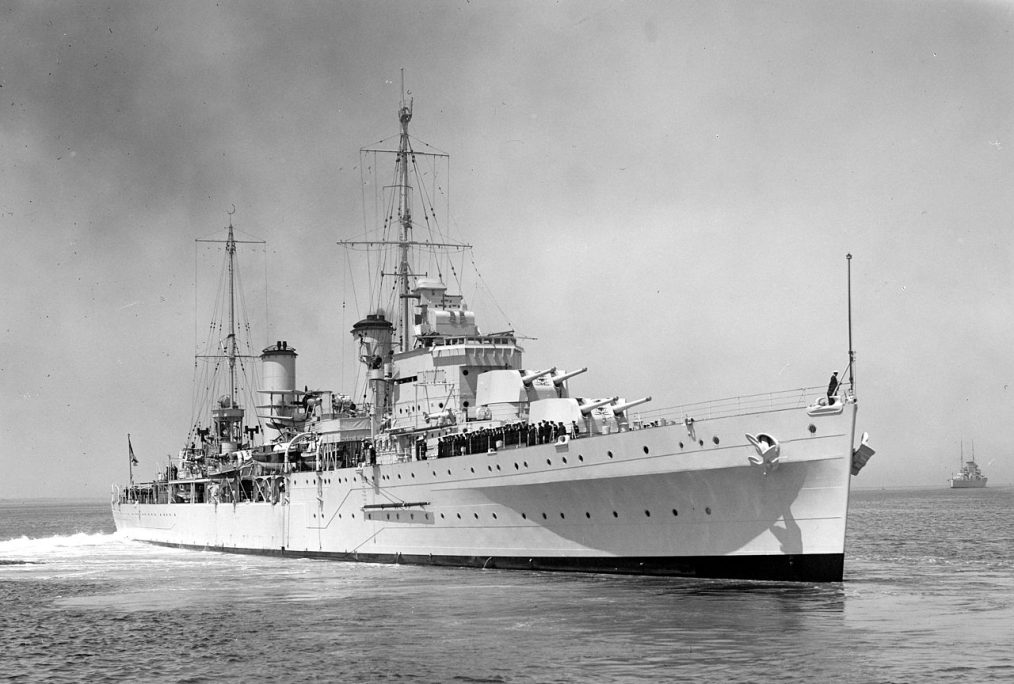
The battle between HMAS Sydney and SMS Emden
Copied from DVA website
This year marks the 110th anniversary of the battle at sea between HMAS Sydney and Germany’s light cruiser SMS Emden on 9 November 1914.
SMS Emden was raiding the Cocos-Keeling Islands, aiming to destroy the British wireless station and cut the undersea cable delivering international telegraphs to Australia.
HMAS Sydney, also a light cruiser, and one of the escorts protecting the first convoy of Australian and New Zealand troops to sail for the war, set off to investigate a distress signal coming from the Cocos-Keeling Islands station. Sydney sighted the islands at 9.15 am and spotted smoke coming from Emden’s funnel almost immediately.
Commanded by Captain John Glossop RN, Sydney had the edge over Emden in speed, range of guns, and armour. However, when Emden saw that Sydney was approaching at speed to engage, fired and hit Sydney at about 9.40 am.
In return, Sydney scored more than 100 hits on Emden in an intense engagement that lasted almost 2 hours. Emden was soon engulfed in fire and lost 2 of 3 funnels and its foremast.
Badly damaged, Emden was deliberately run aground by her Captain Karl von Müller on North Keeling Island, preventing the ship from sinking and in the hope of saving as many lives as possible. Of its 316 crew, 134 lost their lives and a further 65 were wounded.
Sydney disengaged from the battle to capture the German crew of Emden’s scuttled collier (coal supply ship) and, when it returned to Emden at 4 pm, the wrecked cruiser was still flying the German ensign. After an inconclusive exchange of signals, Glossop fired two further salvoes.
A German sailor finally climbed up the mast and took down the ensign, and another waved a white sheet on the quarterdeck.
Four Australians lost their lives as part of the battle, and more than a dozen were wounded. The battle was considered a strategic win as it removed the immediate threat to Australia’s oceanic links to Britain. It also ensured control of the Indian Ocean for future contingents and trade, underscoring the strategic importance of Australia’s oceanic connections to the world.
Today, we remember those who served and the Australians who sacrificed their lives in Australia’s first single-ship battle at sea.
Lest we forget.



